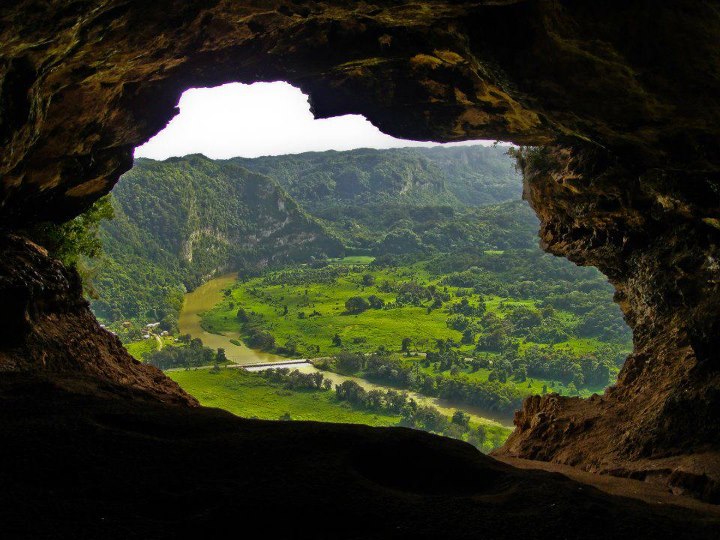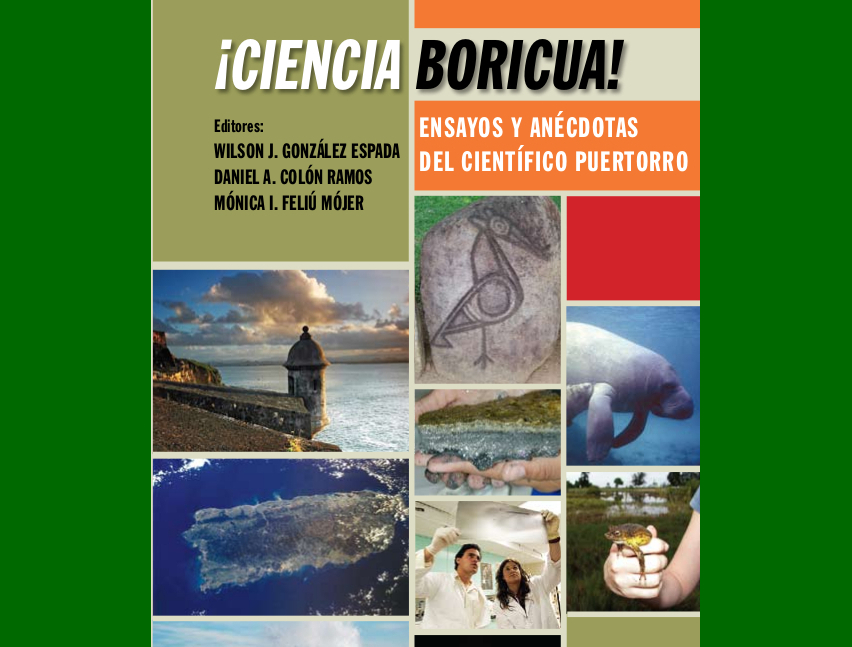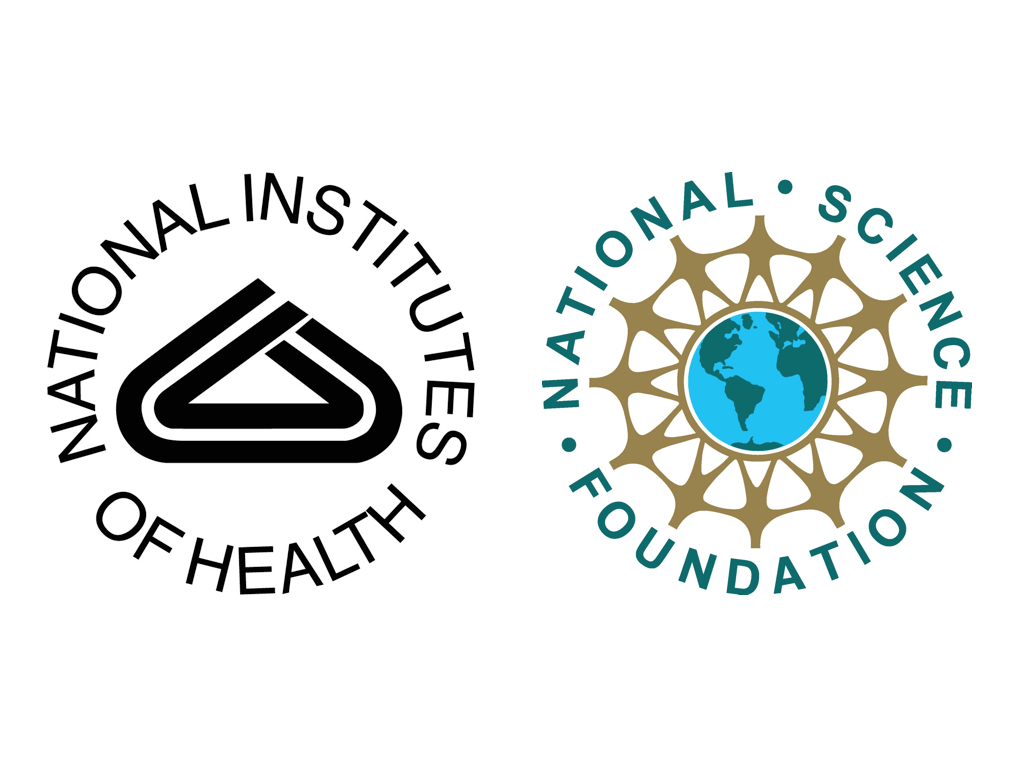Puerto Rico at the mercy of climate change
Submitted by Isabel Katsí Parés-Ramos on
This is the first part of a series of two articles.
Global warming is no longer a problem of the future, is already part of our everyday lives. A month ago, NASA released a report that found the average temperature of the Earth's surface in 2018 was the fourth hottest in 140 years of records.
Billions of cars burning fossil fuels. Forests burned to make room for industrial agriculture. Cities that consume too much energy and generate tons of garbage every day. These activities generate greenhouse gases such as carbon dioxide and methane, which absorb energy and overheat the Earth.
The higher the Earth's temperature, the more exposed we are to extreme events such as droughts and hurricanes. Moreover, we are not doing enough to mitigate the environmental, economic and social impacts of climate change.
A drier and hotter Caribbean
During recent years, Puerto Rico has been declared a disaster area due to extreme weather events: the 2014-2015 drought, the 2016 floods, and hurricanes in 2017. It is no coincidence that these years have also been the hottest on record since 1880. It seems that 2019 will not be any exception, since 90% of the country is currently under the effects of a drought.
The scientific community has been monitoring the atmospheric conditions of the Caribbean since last century. Historic data shows evidence of climatic changes at the regional level, and also serves to project what the future climate will be like if the global warming trend continues.
What will Puerto Rico be like in 2030 or 2050? Even hotter, dry and more vulnerable to extreme weather events, according to the Fourth National Climate Assessment (NCA4), published in November 2018. According to the NCA4, temperature in Puerto Rico has increased more than 1.5 ° F since 1950. This means that today we have more days above 90 ° F than sixty years ago. During this period, cardiovascular diseases and cerebrovascular accidents also increased, which are the main causes of death related to high temperatures. The NCA4 also concludes that by 2050 the U.S. Caribbean will receive 10% less rainfall.
These trends require urgent collective action to avoid serious consequences for the economy, public health, infrastructure, agriculture, natural ecosystems and tourism. For instance, the country must become more efficient in terms of water management. The government needs to invest in removing sediments from the reservoirs, currently working at 40% of their capacity, and to rehabilitate the old infrastructure of the Puerto Rico Aqueduct and Sewer Authority (PRASA) to reduce water waste. According to 2018 estimates, PRASA loses over 40% of the water it processes due to damaged tanks and pipes. In addition, many agricultural farms do not have irrigation systems for water conservation, raising the need for installing rooftop cisterns for collecting rainwater, something already very common on other Caribbean islands.
The scientific community takes action
For the first time, the U.S. Caribbean has a standalone chapter in the National Climate Assessment (NCA), a report mandated by Congress and the most comprehensive study on climate change in the United States. Twenty-eight scientists from Puerto Rico and the United States worked for two years in the development of the NCA4 with the support of the USDA Caribbean Climate Hub of the Forest Service International Institute of Tropical Forestry and the Puerto Rico Climate Change Council.
One of the objectives of the report is to inform the public and decision-makers to guide the development of strategies and policies to deal with climate change. The NCA4 includes 2 chapters focused on adaptation and mitigation actions, including feasible measures in Puerto Rico and the U.S. Virgin Islands. The state and federal government, citizens, the private sector, and the civil society can take action at different scales and contribute to building resilience.
Adaptation involves planning to manage risks in the short and long term. This includes rehabilitating and modernizing public infrastructure, such as roads and the electrical system to withstand the impact of climatic events, and relocating homes in flood zones or areas vulnerable to sea level rise. Mitigation means reducing the emission of greenhouse gases to stop global warming. In order to do this, we need to use less oil, coal and natural gas. Technologies to generate energy from renewable sources such as wind and solar are now more accessible than ever, we must seize this opportunity to reduce our dependence on expensive and polluting fossil fuels. Another strategy could be to establish carbon sequestration projects in the agricultural and forestry sector.
Although the panorama of Puerto Rico in the face of climate change is not encouraging, there are solutions available to reduce the risks posed by climate change in the Caribbean region. As demonstrated in the NCA4, the scientific community is available to inform and contribute to the development of policies and strategies to solve the problems of our society. CienciaPR is a platform that brings together scientists, professionals and students committed to advancing the sciences in Puerto Rico, ready to help generate solutions to solve the problems of our society.
Climate related risks are only becoming more common and more severe. We know what our island needs to do to prepare for the uncertain future. Instead of inconveniences these steps should be viewed as opportunities and progress toward our future. Adapting to these new challenges has become our new norm. It is time for the many ideas, guidelines and prescriptions on paper to be put into action in the community, government, and beyond.
This article was published by El Nuevo Día as part of a collaboration with CienciaPR.
--
Isabel Parés is an environmental scientist, geographer and independent researcher. She collaborates with the Caribbean Climate Center for Agriculture and Tropical Forestry of the USDA, was part of the group of authors of the Caribbean chapter of the Fourth National Climate Assessment (NCA4). She is the ambassador of the Puerto Rico Science Policy Action Network (PR-SPAN) and member of Ciencia Puerto Rico.









